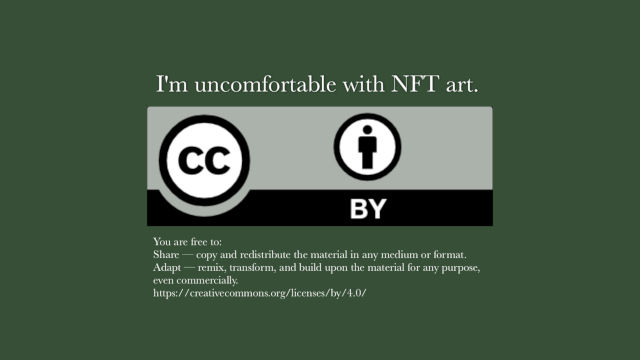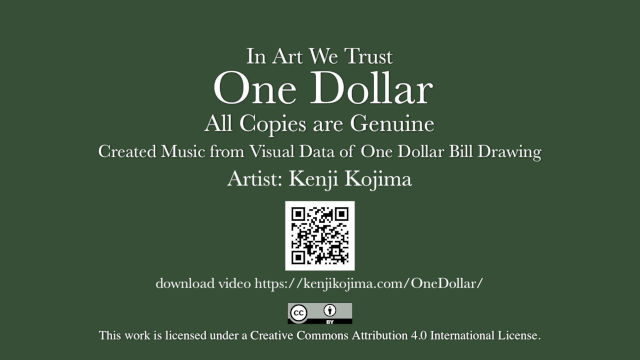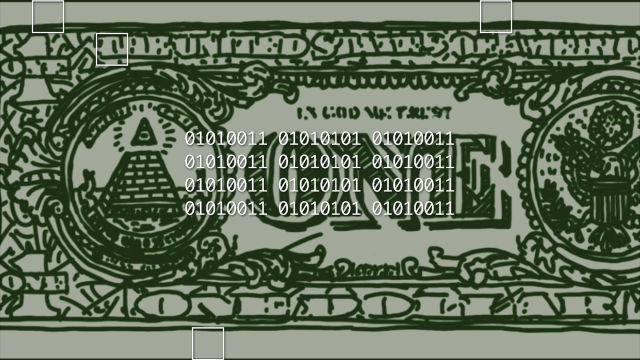Project: I'm uncomfortable with NFT art.
Show: Other Video List
Hide: Video List
• US One Dollar / Open Video in New Window /

• Japanese One Yen / Open Video in New Window /

• Hong Kong One Cent / Open Video in New Window /
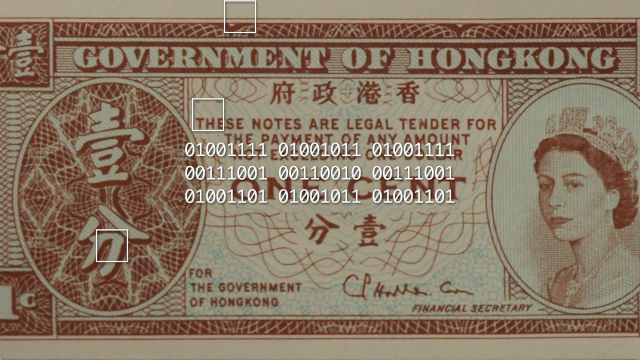
• Tulip Bubble Burst by Hans Bollongier / Open Video in New Window /
Open Video in New Window /
• Great Depression Soup Kitchen Opened in Chicago /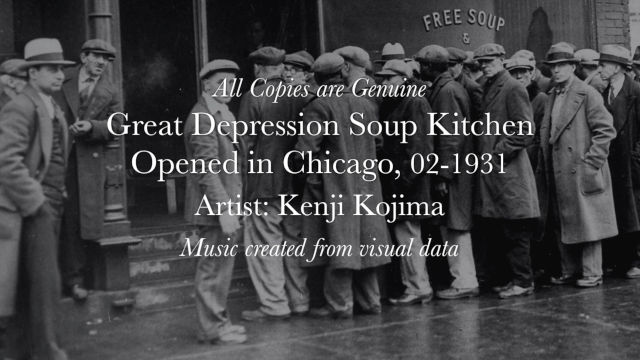 Open Video in New Window /
Open Video in New Window /
• Unemployed People Gathering Outside City Hall in Cleveland, Ohio / Open Video in New Window /
Open Video in New Window /
• Crowd Gathers Outside the Stock Exchange after the 1929 Crash / Open Video in New Window /
Open Video in New Window /
Hide: Video List
• US One Dollar / Open Video in New Window /

• Japanese One Yen / Open Video in New Window /

• Hong Kong One Cent / Open Video in New Window /

• Tulip Bubble Burst by Hans Bollongier /
 Open Video in New Window /
Open Video in New Window /
• Great Depression Soup Kitchen Opened in Chicago /
 Open Video in New Window /
Open Video in New Window /
• Unemployed People Gathering Outside City Hall in Cleveland, Ohio /
 Open Video in New Window /
Open Video in New Window /
• Crowd Gathers Outside the Stock Exchange after the 1929 Crash /
 Open Video in New Window /
Open Video in New Window /
Hide: Video List
In Art We Trust
One Dollar
All Copies are Genuine
Created Music from Visual Data of One Dollar Bill Drawing
Artist: Kenji Kojima, 2022
Click Open New Window Full Edition Video

Genuine One-Dollar Drawing Video
Download a Copy (1920 x 1080, 3:30)
One-Dollar-Drawing_1080.mp4, 162.9MB
Genuine Tulip Bubble Burst Video
Download a Copy (1920 x 1080, 2:30)
One-Dollar-Drawing_1080.mp4, 115.4MB
Open Video in New Window / Tulip Bubble Burst

This work is licensed under a Creative Commons Attribution 4.0 International (CC BY 4.0)
Credit must be given to the creator
日本からのドネーションは この文字列をクリック
日本から任意の金額のドネーションはできません。
|
Show: Japanese / 日本語
Hide: Japanese / 日本語
私はNFTアートに違和感を感じています。デジタル・アートの最大の特徴は、繰り返し完全にコピーできることです。もちろん、コピーされたすべては本物です。NFTアートの価値は骨董品に似ているかもしれません。例えば10億枚の紙幣が印刷・発行されていましたが、現在は1枚しかありません。もし紙幣に芸術的価値があるとすれば、失われた10億-1枚の紙幣もアートだったと言えます。NFTアートはお金の代わりか、一種のマネーゲームの道具のようなものです。それは芸術ではなく、狩猟・農耕時代から続く物質的な欲望の世界に属しています。私はNFTやブロックチェーンの技術を否定しているのではありません。NFTもブロックチェーンも、他の有用な役割がありますが、アートの価値を込めたものではありません。NFTアートの価値は、沢山のお金を持っていれば、幸福と感じるようなものです。 それは物質的な欲求と同じで、美しさの価値ではありません。詳しくは「note」に書きました。 Hide: Japanese / 日本語 I am interested in the relationship between seeing and hearing. I create experimental videos with programming that converts visual data into music. The best feature of digital art is you can perfectly copy repeatedly. Think, one billion banknotes are issued, but only one banknote remains on the earth. If the banknote has artistic value, the missing banknotes were art. NFT art is a money tool in the game. I do not deny blockchain technologies. But NFT art is not appropriate for art. It is not an artistic value. I decided it was time to end this discomfort of NFT art. In the video, I create music from visual data of images by an algorithm. The visual "One Dollar Bill" is a drawing by the artist Kenji Kojima. The artwork video is free to share. The copied video is authentic by the author. If you approve the copy video as art, you can donate to the artist. Even people who do not approve of art can have a copy. But it has no artistic value as they decided. This project restores the abnormal money value of the art world to individual art lovers. Show: Kenji Kojima's Biography
Hide: Kenji Kojima's Biography
I am a digital artist. I have been experimenting with the relationships between perception and cognition, technology, music, and visual art since the early 1990s. Primarily I have interested in the relationship between seeing and hearing. I was born in Japan and moved to New York in 1980. I painted egg tempera paintings that were medieval art materials and techniques for the first 10 years in New York City. My paintings were collected by Citibank, Hess Oil, and others. The personal computer improved rapidly during the 1980s. I felt more comfortable with computer art than paintings. I switched my artwork to digital in the early 1990s. My early digital works were archived in the New Museum - Rhizome, New York. I developed the computer software "RGB MusicLab" in 2007 and created an interdisciplinary work exploring the relationship between images and music. I programmed the software “Luce” for the “Techno Synesthesia” project in 2014. My digital art series was exhibited in New York, at media art festivals worldwide, including Europe, Brazil, and Asia, and the online exhibitions by ACM SIGGRAPH and FILE, etc. Anti-nuclear artwork “Composition FUKUSHIMA 2011” was collected in CTF Collective Trauma Film Collections / ArtvideoKoeln in 2015. I started the new series "The Musical Interpretation of Paintings and Photographs" which creates music from image data in 2021. LiveCode programmer. https://kenjikojima.com/ Hide: Kenji Kojima's Biography |
